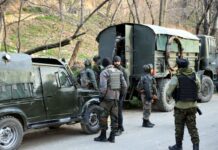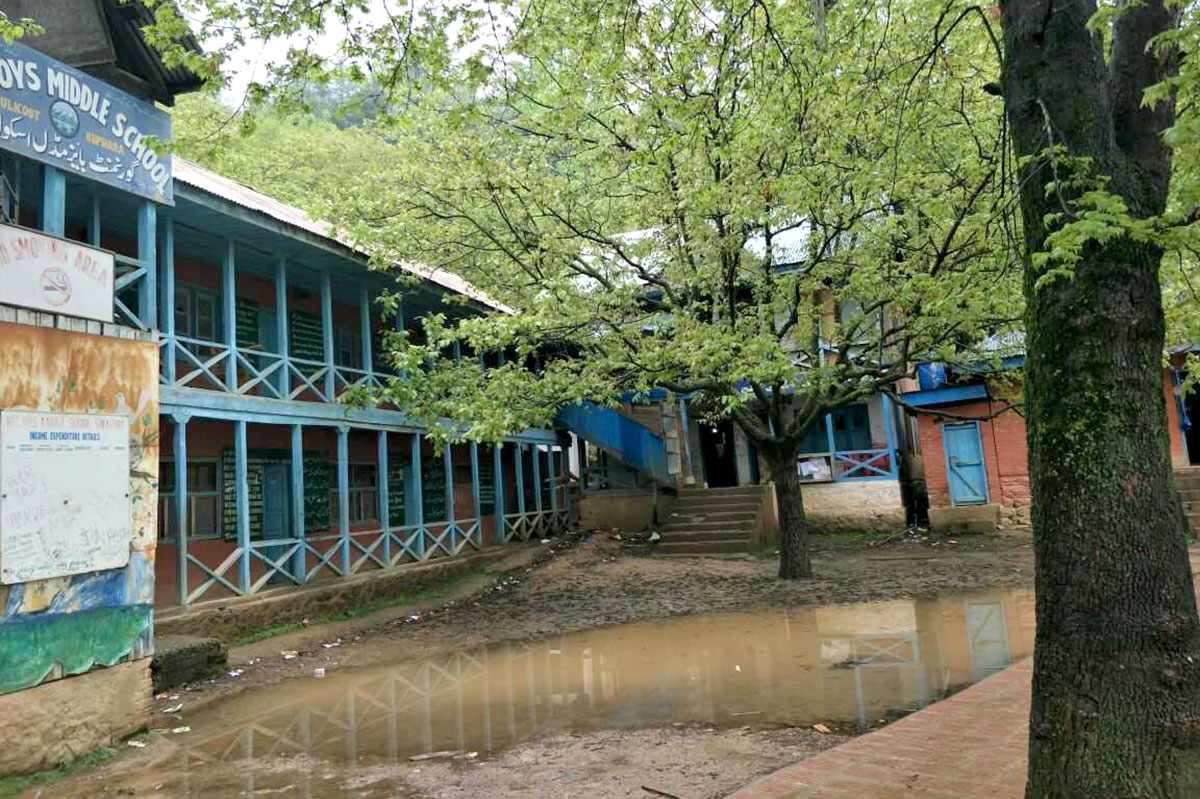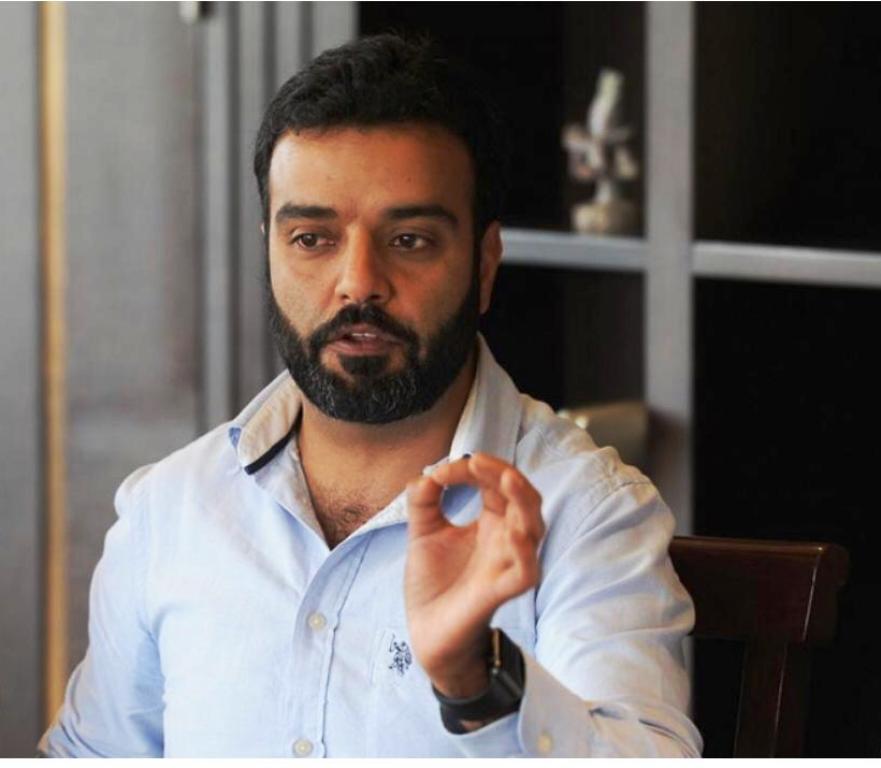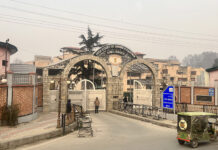SRINAGAR: With the army engaged in an eyeball to eyeball confrontation, Prime Minister Narendra Modi formally threw open the Atal Tunnel at Rohtang that gives Ladakh and round the year connectivity. The tunnel also ends Ladakh’s dependence on Kashmir for its connectivity, for most of the year.

“This day is a historic day as not only the dream of Atal ji is realised today but also decades-long wait of people of Himachal is over,” Prime Minister said while inaugurating the tunnel at Manali. “Not just Himachal Pradesh, Atal Tunnel will be a lifeline for Leh-Ladakh.”
“Atal tunnel will give new strength to India’s border infrastructure. It is an example of world-class border connectivity. There have been demands to improve border infrastructure but for a long time, such projects either couldn’t get out of planning stage or got stuck midway,” Modi said.
The tunnel was fast-forwarded as the initial pace of execution was sluggish. Inaugurated in May 2002, the tunnel witnessed faster execution and was completed in six years.
Currently, the longest motorable tunnel over 3000-meter heights, the 9.02 km tunnel will reduce the distance between Manali and Keylong by 46 km. The horse-shoe tunnel cost BRO Rs 3300 crore.
Speaking at Sissu in Himachal Pradesh. https://t.co/GnYaWYofZn
— Narendra Modi (@narendramodi) October 3, 2020
Ladakh is accessible now from two routes – from Srinagar through the Zoji La Pass that remains closed for more than four months and the Rohtang tunnel that now gives round the year connectivity.
The tunnel is built with ultra-modern specifications in the Pir Panjal range of Himalayas at an altitude of 3,000 metres (10,000 feet) from the Mean Sea Level (MSL). The south portal (SP) of Atal Tunnel is located at a distance of 25 km from Manali at an altitude of 3,060 metres, while the north portal (NP) of the tunnel is located near village Teling, Sissu, in Lahaul Valley at an altitude of 3,071 metres. It is a horseshoe-shaped, single-tube double lane tunnel with a roadway of 8 metres and has an overhead clearance of 5.525 metres.
Visited the ‘Atal Tunnel, Rohtang’ to review the preparations for the inaugural ceremony to be held tomorrow.
PM Shri @narendramodi will dedicate the Tunnel to the nation. This 9.02 Km long ‘Engineering Marvel’ will connect Manali to Lahaul-Spiti valley throughout the year. pic.twitter.com/fvwGcckzxB
— Rajnath Singh (@rajnathsingh) October 2, 2020
The double-laned tunnel can handle around 3,000 cars and 1,500 trucks per day, with a maximum speed of 80 km per hour.
Brigadier Khushal Thakur (retd), however, said there is a third route – also from Himachal that will be shortest. It is Darcha-Padum-Nimu, which requires building a 4.5-km tunnel under Shinku La.















